Mary Elizabeth Galloway conducted undergraduate molecular biology research in the Hancock lab within the Molecular Biology Department at the University of Kansas. The program was a National Science Foundation (NSF)-funded REU experience and was highly competitive to get into. The theme of the REU was “The Stressed Life of Cells.” Galloway researched genetic regulation in the opportunistic pathogen Enterococcus faecalis and gained skills involving bioinformatic analyses, creating gene mutants, and DNA and RNA extraction. Galloway has also been researching within the Mukherjee lab at UCA since Fall 2021. She claims her experience of working in a research environment at UCA extensively prepared her for her internship experience at KU, as she was equipped with skills involving preparing stock solutions, maintaining sterility, and chemical/bacterial handling, among others. Galloway also credits her coursework at UCA for providing her with the background knowledge necessary to conduct molecular biology research and interpret scientific literature.
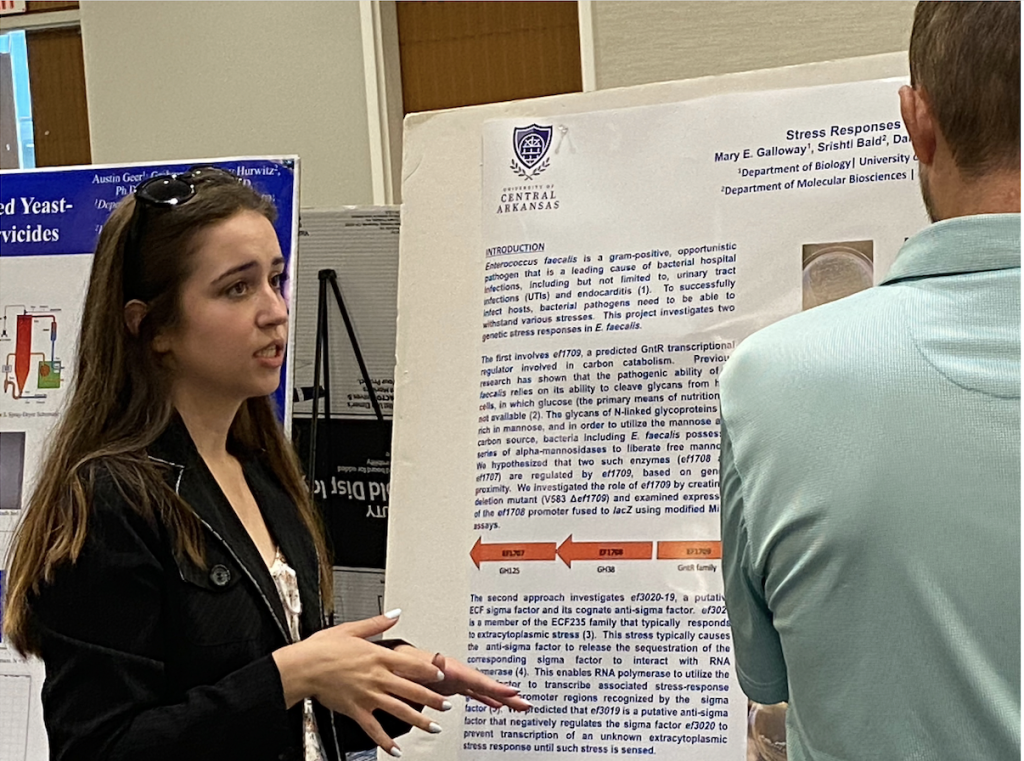

 Graduate Research Assistant Anthony Pignatelli and Assistant Professor Hal Halvorson collect samples from Tucker Creek in Conway.
Graduate Research Assistant Anthony Pignatelli and Assistant Professor Hal Halvorson collect samples from Tucker Creek in Conway.

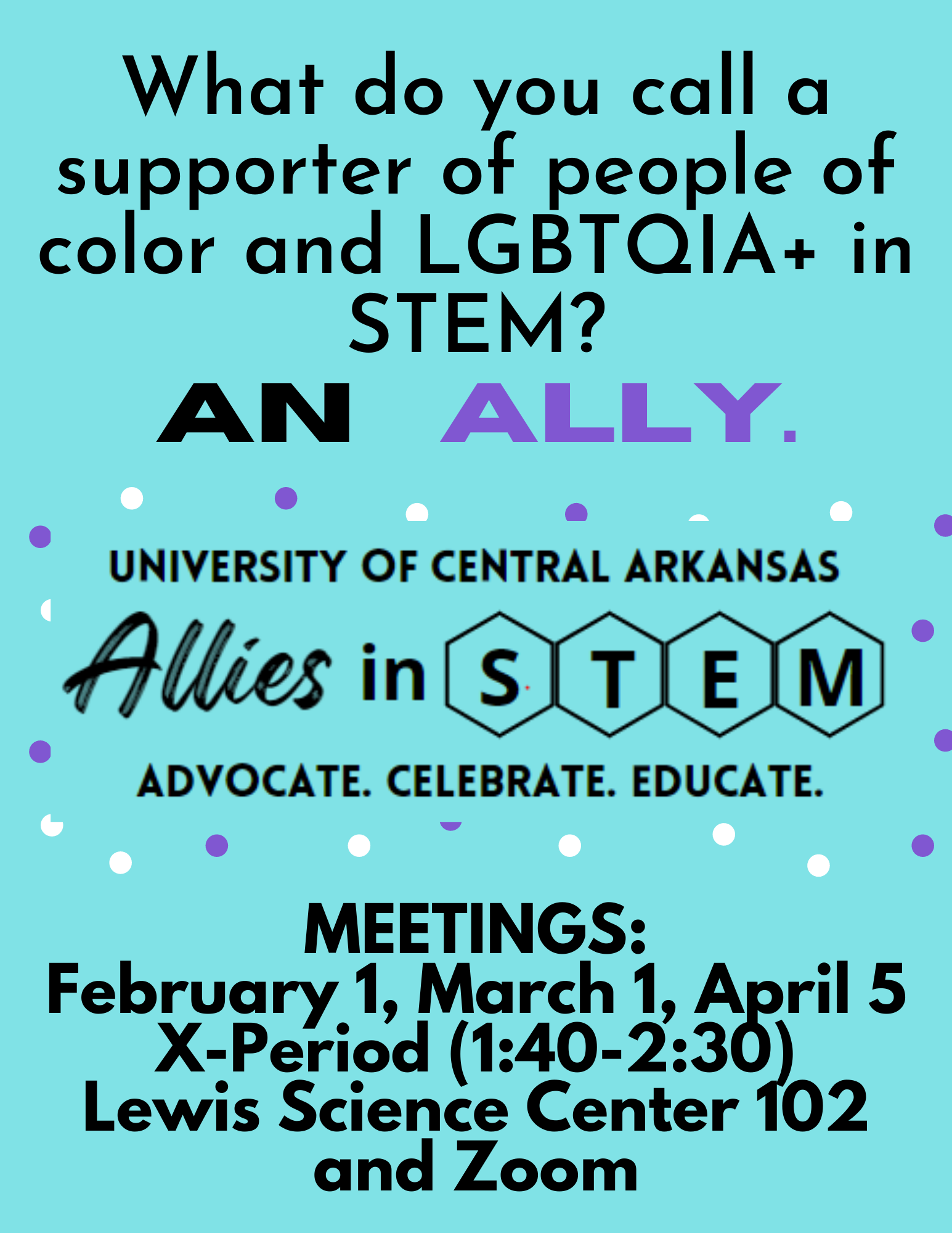
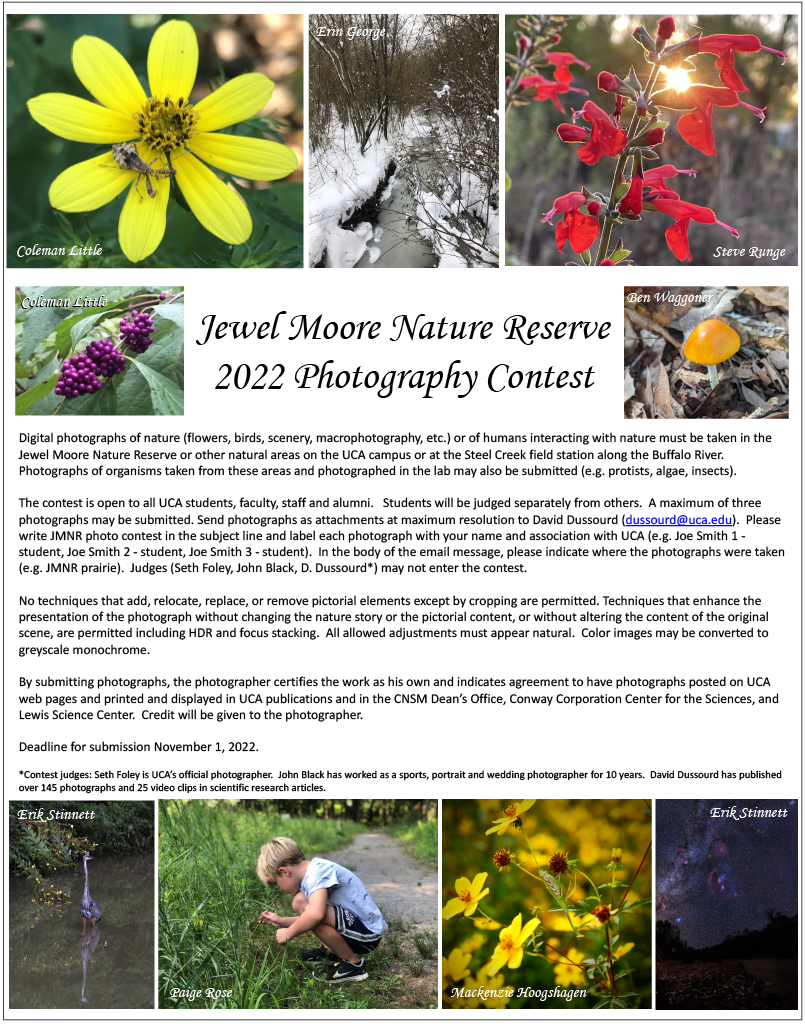




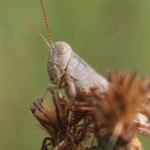
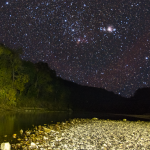


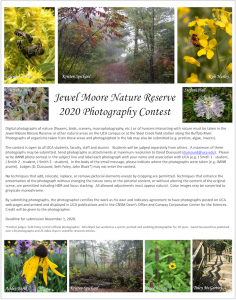
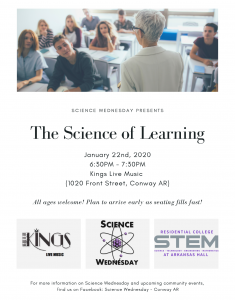 Please visit the
Please visit the 